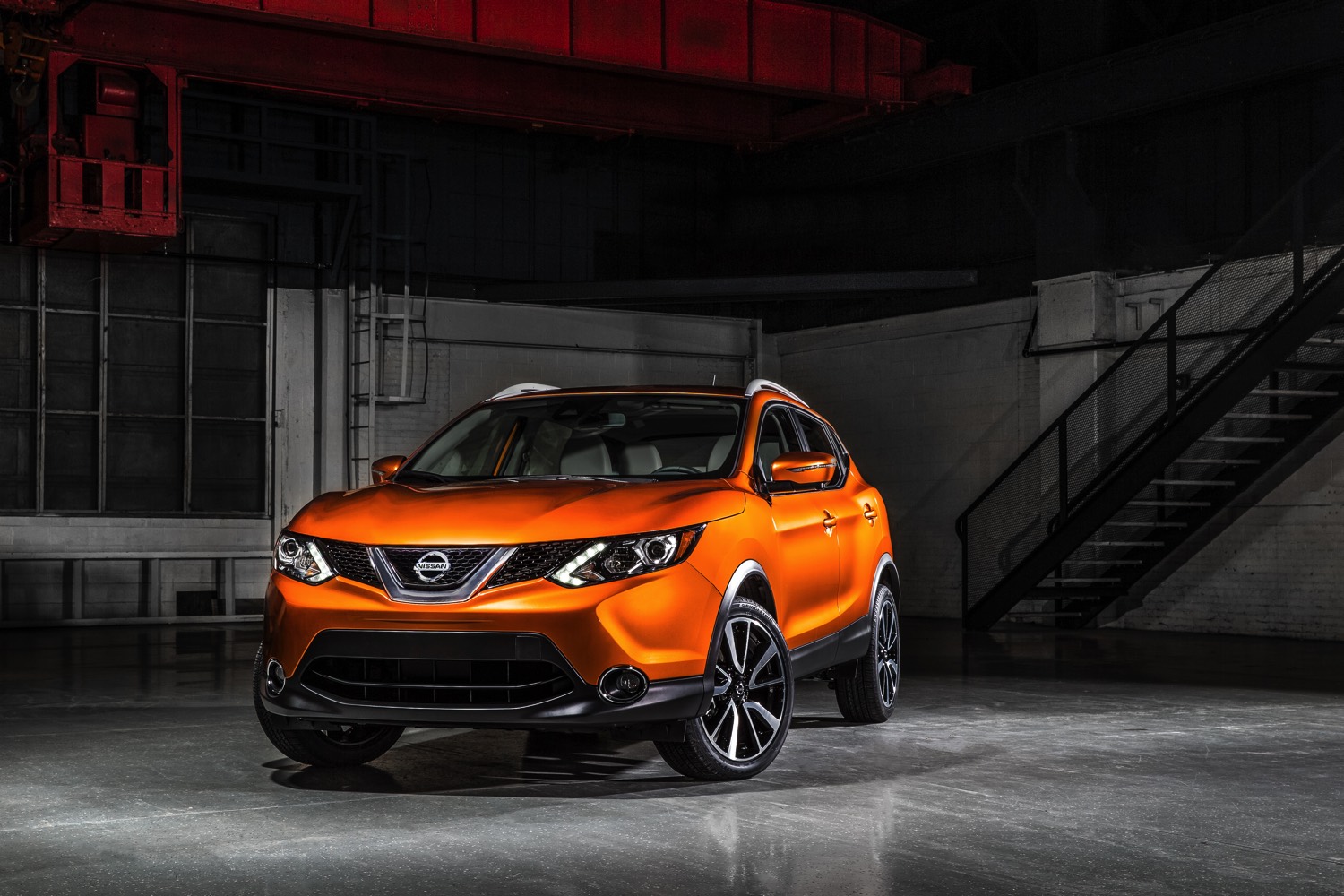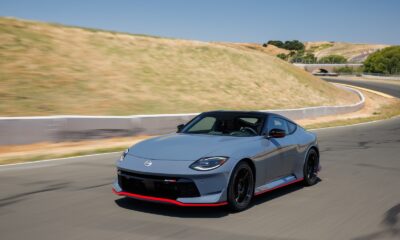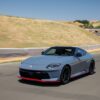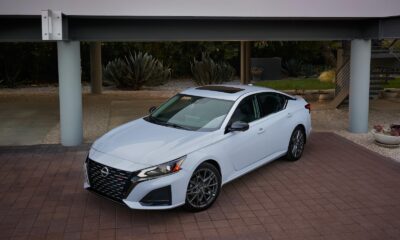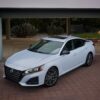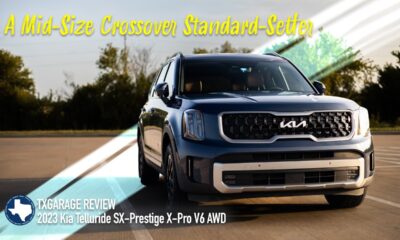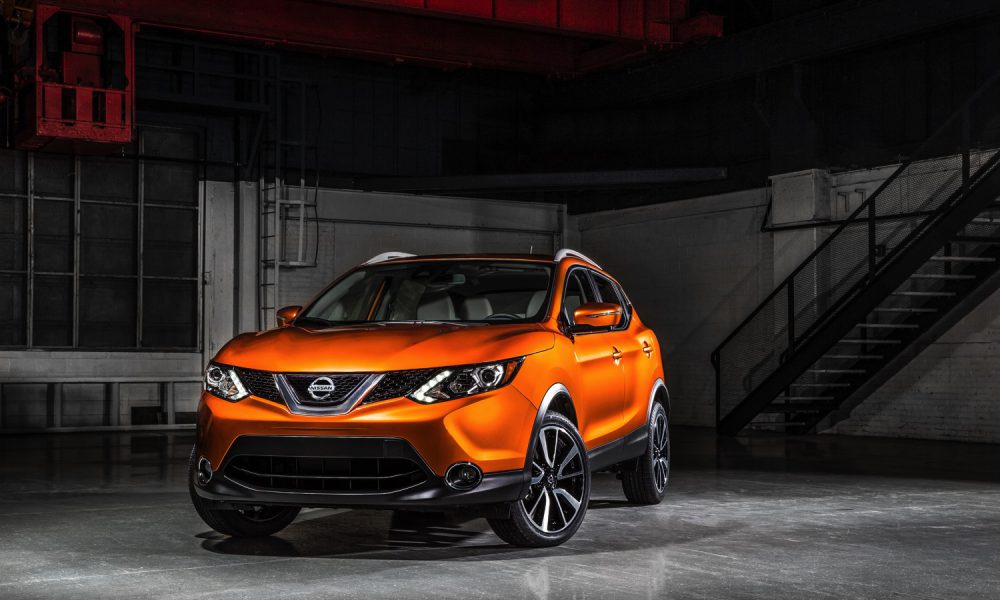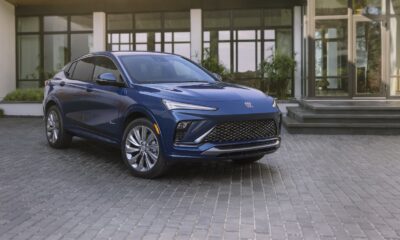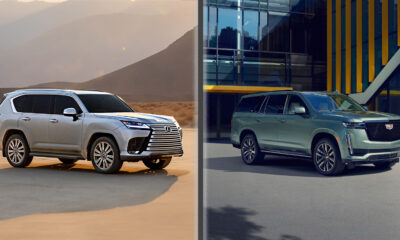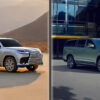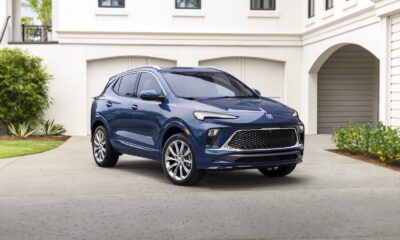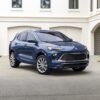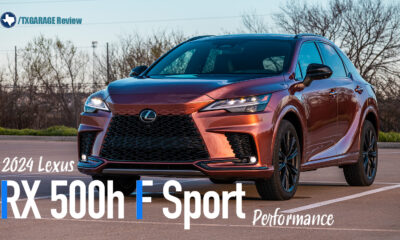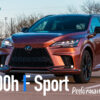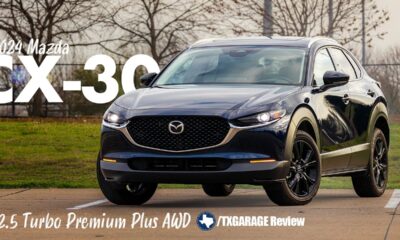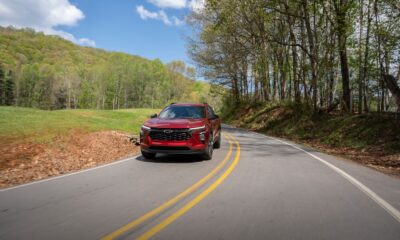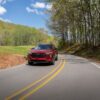Car Reviews
2018 Nissan Rogue Sport: A Horse With New Name
On the first part of the journey, I was looking at all the life. There were plants and birds and rocks and things, there was sand and hills and rings. The first thing I met was a fly with a buzz, and the sky, with no clouds. The heat was hot, and the ground was dry, but the air was full of sound.
Had the rock group America been able to acquire Nissan’s new Rogue Sport in the winter of 1971 they, too, would have enjoyed the initial part of the journey, for there’s a lot to like in Nissan’s soft rock Rogue Sport. First introduced to the European market some ten years ago (and dubbed Qashqai, which sounds way too foreign for this particular melting pot…at this particular time), Nissan’s smallish Rogue Sport comes on the heels of the larger Rogue’s outstanding sales success. It would seem Nissan – and, by extension, America – simply can’t get enough of a good thing.
The recipe is simple enough, and has already been explored in overviews of Mazda’s CX-3, Honda’s HR-V and Jeep’s Renegade. Rather than using a compact car platform to create a compact crossover (think the Civic/CR-V, or Corolla/RAV4) carmakers are increasingly turning to their subcompact sedan and hatch offerings to create subcompact crossovers. And the resulting CUVs, with their high hip points and tidy dimensions, are just the thing for your urban or suburban adventures, with a titch of utility paired nicely with a modicum of efficiency. Here, then, is Nissan’s newish – at least here in America – Rogue Sport.
EXTERIOR: Without the benefit of a side-by-side comparison, you’ll be forgiven if you confuse the Rogue Sport with its Rogue sibling, as there’s nothing in the Sport’s proportion to suggest ‘smaller’ until you park it next to the larger Rogue. We’ve seen the front fascia before, and know the general 5-door profile, but the Rogue Sport declares itself in a less anonymous way than the various Rogues which have preceded it. Visually, the Rogue Sport impresses as more substantial than Mazda’s CX-3, and more mature than Jeep’s Renegade. But in view of upcoming subcompact entries from Hyundai and Kia, it’s less Asian, less expressive and (on some level) more visually upmarket. We like its footprint and balance, and with the growth of compact crossovers the Rogue Sport suggests ‘just enough’ – but not too much.
Of note: Nissan describes the architecture as offering ‘progressive style’. If it was ours, we’d try and find a Bernie bumper sticker…to go with our Bernie hat.
INTERIOR: With a price point starting – like much of its competition – in the low $20s, don’t think you’ll confuse this with Audi’s Q5 – but neither will you confuse it with your mom’s ’98 Elantra. Materials in our test, mid-level SV were of a reasonable quality, and incorporated into a stylish, functional layout.
Behind the flat-bottomed (we’re not sure why) steering wheel, you’ll find a commanding driving position, what feels like midsize shoulder and legroom, and a full-depth cushion suggesting an almost large car feel. Despite the stylistic uptick(?) in the D-pillar, visibility is generous. And while our test SV was equipped with a rearview camera, you’ll rely on it less in the Rogue Sport than you would Mazda’s CX-3, because of that better visibility.
From a comfort and hauling standpoint, the interior passenger volume of 96 cubic feet compares favorably with the Rogue’s 105 cubic feet.
PERFORMANCE: I’m not sure why manufacturers think 140 – or so – horsepower is adequate to propel the Rogue Sport’s 3400 (with all-wheel drive) pounds, but Nissan does, Honda does, Mazda does and Subaru does. And when you combine the Rogue Sport’s 2.0 liter four with its CVT automatic, you have more drones than Yemen. Really. Once you get used to the power – or lack thereof – you’ll be fine, but this requires an adjustment.
If you insist your small CUV respond when you press the throttle, you’ll be better served by going one size larger and getting a 2.5 liter four (Nissan or Mazda) or turbocharged four (Hyundai, Kia or Honda). The payoff for the Rogue Sport’s casual acceleration is presumed efficiency, although with a 24 City/30 Highway/27 Combined that ‘efficiency’ makes Kia’s new Niro estimates look pretty heroic.
VALUE: If you check all the boxes and get all the nanny assist in the top-of-the-line SL, you’ll have spent over $30K. If we were shopping, we would find the SV (without those assists, but with AWD) at $26K pretty compelling. In a perfect world the Rogue Sport would combine its comfort and accommodation with Mazda’s taut handling and Hyundai’s turbocharged four. But at this point the segment isn’t there. If you just can’t wait Nissan’s not-quite-sporty Rogue Sport is worth a look. But make the first part of your journey a test drive.



